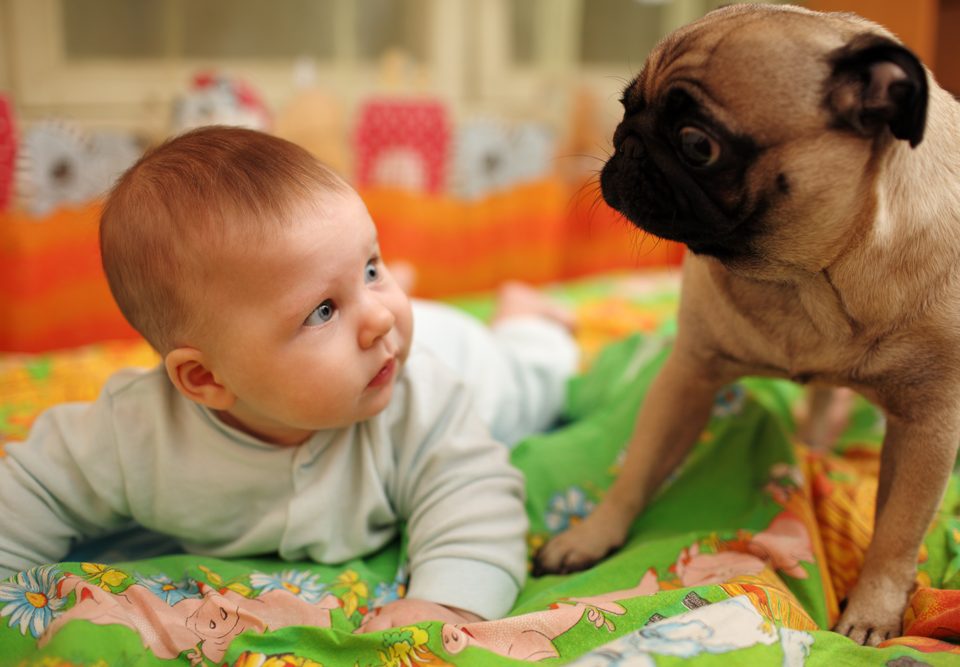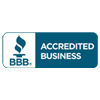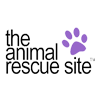In all the excitement of preparing for a new baby, often times our pets are overlooked or excluded from participation in making the home and family ready for a new member. The transition of adding a new member to the family is as much of a life change to pet(s) as it is to their human family members. Our pets feed off our energy and the energy we give off when excited, worried, stressed, or anxious will reflect in our pets behavior as well.
During pregnancy (before the baby arrives), household pets are aware that something’s going on. They see new items coming into the home, the preparation of a nursery, visitors cooing over an expectant mother. The expectant mother is particularly of interest to pets, as she goes through physical, emotional, and dietary changes. If the new baby’s arrival is through a surrogate or adoption, there are still just as many clues present to your pet that something’s happening as the preparations for a new baby are underway. All these things are noticed and experienced by our pets. In that respect, it is vitally important to include your pets in the anticipation of a new arrival.
Acclimating pets to the arrival of a baby starts before the baby arrives. In the majority of circumstances that bring a new baby into the home, there is ample time to prepare for the babies arrival. It’s during this time that you should be helping your pets to prepare for the baby as well. For dogs, this preparation gives the human element of the household a great opportunity to modify the dog’s existing behavior and teach new behavior that will be expected of them when the baby arrives.
Acclimating cats to a baby

Introduction of your baby to felines should include a gradual introduction to new smells and sounds that will be around when the baby arrives. It’s recommended that recordings of baby coos, cries, giggles, and screams should be played for the cats (at a realistic volume) to introduce them to sounds that will be present in the home when the baby arrives. If you have set up a nursery, let the cat explore and examine the room. Smells from items like baby powder, lotions, baby oil, and formulas should be gradually introduced before the baby arrives. Behavior issues a cat already has will only be exacerbated when the baby arrives. Keep in mind that help from a cat behavior specialist is available if your efforts to correct the cat fail.
Acclimating your dog for the arrival of a baby
Getting your dog ready for your new baby should include introductions to smells, sounds, establishing boundaries, and reaffirming leadership. To the dog, a new pack member is being introduced. Dogs need to understand that the new baby is part of the pack’s leadership. Set out the baby’s items and make it clear that you “own” them. Set boundaries on the nursery, crib, playpen, & bedding. Making sure the dog know that these are your things and territories. It’s a good idea to make the nursery off-limits at first then gradually let him in and closer to the baby as his behavior dictates. Introduce your dog to the smells she’ll be smelling, the noises she’ll be hearing, and new things she’ll be seeing. After the baby is born and the opportunities present, bring a blanket or something that has baby’s scent on it home to introduce to the dog, once again displaying ownership of the baby’s smell. Before the introduction, take the dog on a long walk or run her through an energy draining activity, make sure the dog is calm before entering the home, and when dog meets baby it should be at a respectful distance that gradually decreases over time. The introduction should be controlled and all involved (parent holding baby, dog, and baby) should be in a calm state.
Safety to consider
 While preparing pets for the arrival of a baby seems unending, it is easily manageable with good habits, a little preparation/precaution, and attention to our pets needs. Foremost on safety to expectant mothers is the risk cats pose to an unborn child. Though extremely rare, cats can be carriers of toxoplasmosis, an infectious disease that can lead to severe injury and even death of the unborn fetus. Indoor-only cats are safest from this disease, as it’s contracted from eating birds, small animals, and resides in the feces of other infected cats. Beyond a rigid “indoor-only” policy for your cat, precautions include wearing gloves for gardening, wearing gloves and a mask when cleaning the litter-box (or assign the task to another family member), and avoiding other cats that regularly access the outdoors. Because of a newborn’s inability to re-position themselves or even move their head, cats should never be allowed in a crib, bassinet, playpen, or anywhere a newborn is placed to rest. Looking for a warm and comfortable place to nap, cats can inadvertently block an infant’s mouth and nose, preventing the baby from adequate breathing.
While preparing pets for the arrival of a baby seems unending, it is easily manageable with good habits, a little preparation/precaution, and attention to our pets needs. Foremost on safety to expectant mothers is the risk cats pose to an unborn child. Though extremely rare, cats can be carriers of toxoplasmosis, an infectious disease that can lead to severe injury and even death of the unborn fetus. Indoor-only cats are safest from this disease, as it’s contracted from eating birds, small animals, and resides in the feces of other infected cats. Beyond a rigid “indoor-only” policy for your cat, precautions include wearing gloves for gardening, wearing gloves and a mask when cleaning the litter-box (or assign the task to another family member), and avoiding other cats that regularly access the outdoors. Because of a newborn’s inability to re-position themselves or even move their head, cats should never be allowed in a crib, bassinet, playpen, or anywhere a newborn is placed to rest. Looking for a warm and comfortable place to nap, cats can inadvertently block an infant’s mouth and nose, preventing the baby from adequate breathing.
The areas of safety to be considered with dogs are the animal’s temperament, behavior, and response to leadership. A good question to ask yourself when assessing your leadership over your dog is “can you control your dog at all times in all situations?” if your answer is “no”, the areas where you have no control with the animal need to be addressed. Aggressive, territorial, or hyper behavior are areas of concern and need to be addressed before introducing a new baby to your dog. If you haven’t made any progress in establishing leadership with your dog in these areas, it can’t be stressed enough that professional help is available and worth the investment for the safety of your family. Above all, direct supervision is a must anytime there is interaction between pets and babies.




